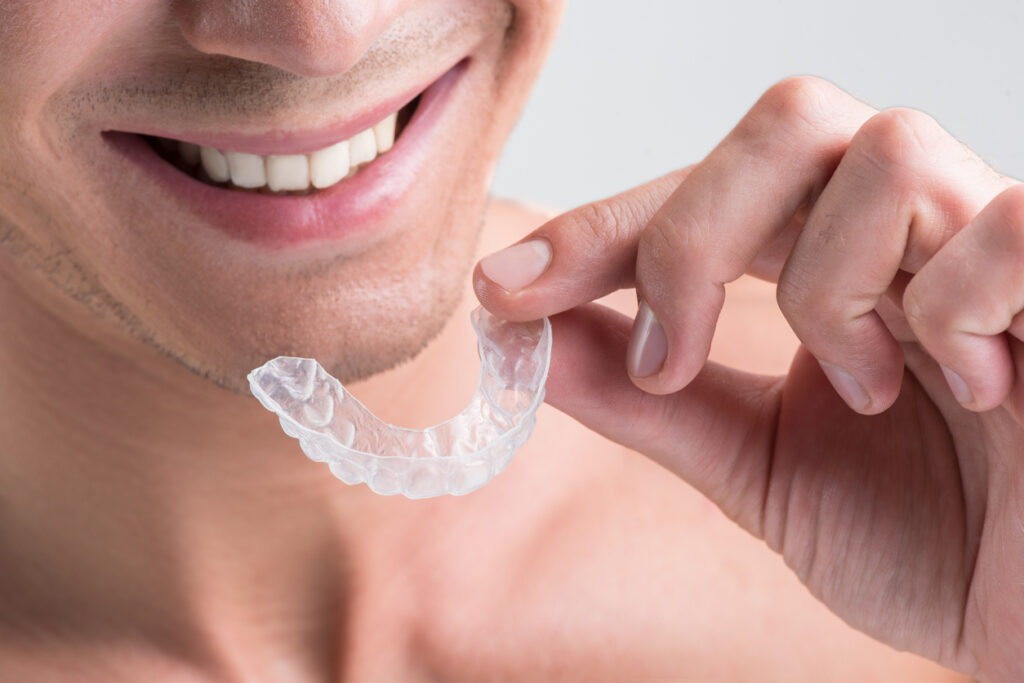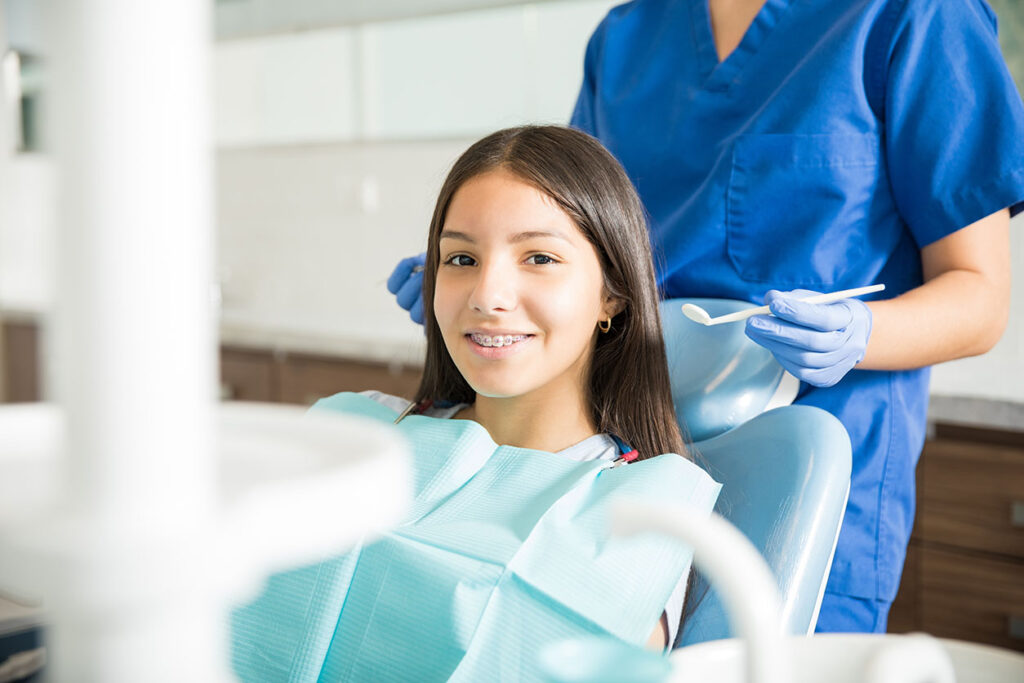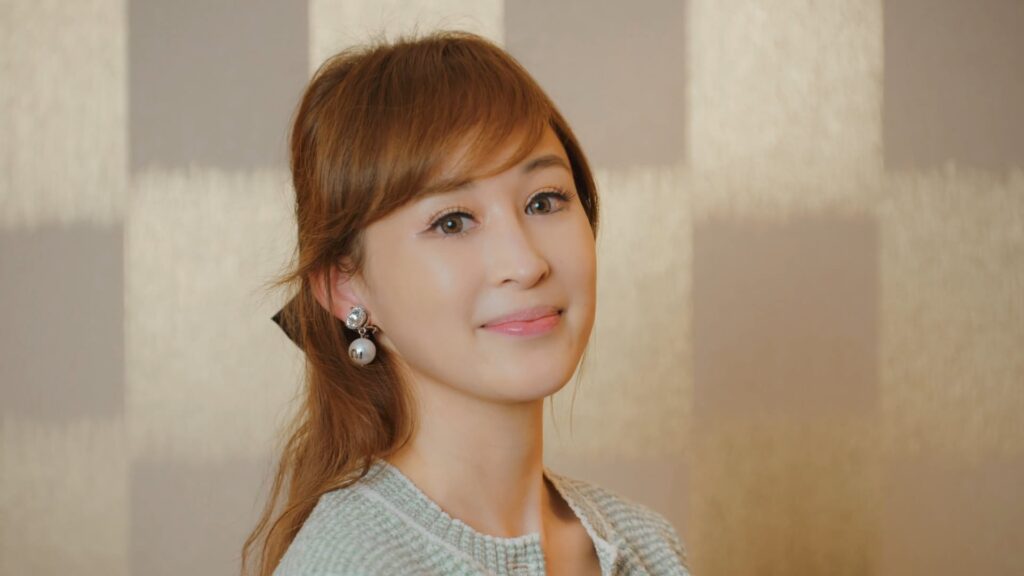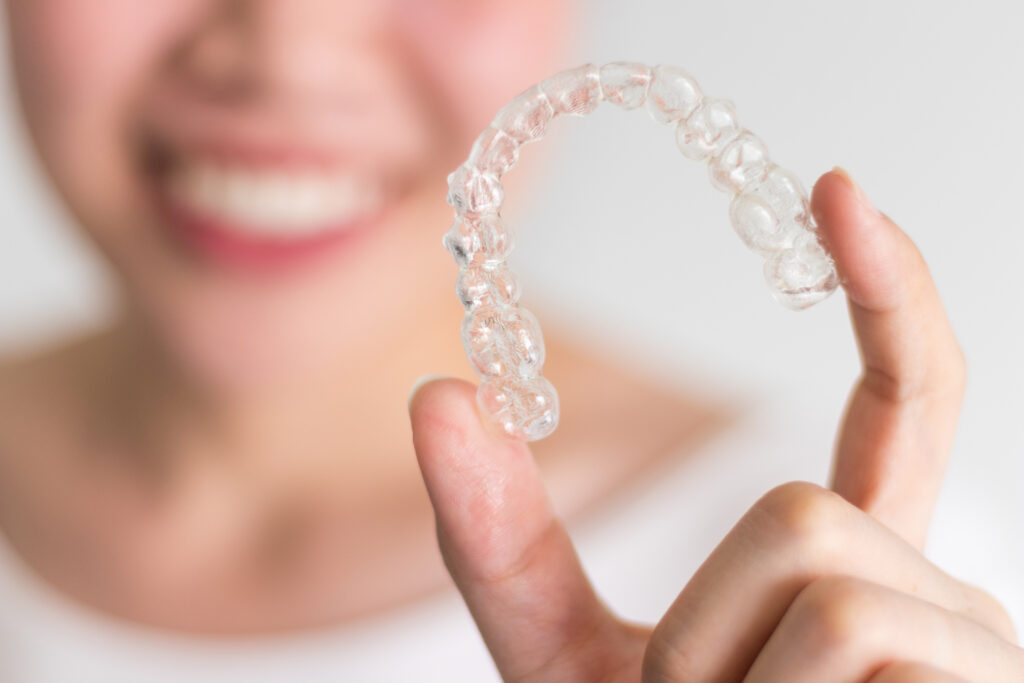
Veneer Smile Makeover with Kane Lim from Bling Empire
Veneer Smile Makeover with Kane Lim from Bling Empire


While Invisalign can be slightly more expensive than traditional braces, it has become a popular alternative to for many distinct reasons:
While most adults of all ages are candidates for Invisalign, there are some limitations to Invisalign where traditional braces would be more ideal. Some examples that can be challenging for Invisalign include:
Sign up for our newsletter so you never miss our latest blog post.

Veneer Smile Makeover with Kane Lim from Bling Empire

Veneer Smile Makeover with Cherie Chan from Bling Empire

Invisalign: An Adult Answer To Straightening Teeth Orthodontic treatment is often thought of as something only children and teenagers need, but the reality is that